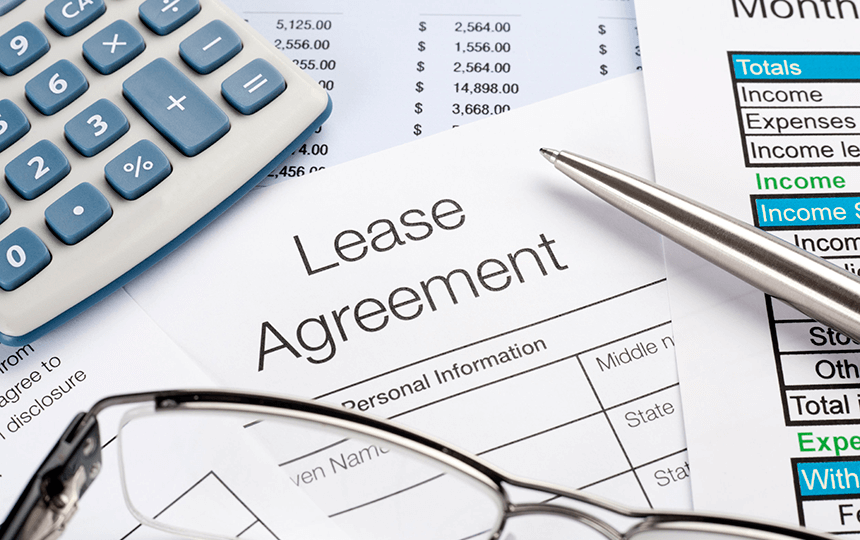You may be wondering if it is possible to minimize additional rent or pass-through costs on a life science lease. The following information will help you understand the variables of “additional rent” charged in lab leases.
What are Additional Rent or Pass-through Costs?
Landlords have many ongoing expenses associated with the operation of a life science property that they recoup by “passing through” these costs to the tenants. Various names for these costs can be spelled out in lease clauses labeled “additional rent” or “pass-through” along with a lengthy description of the items included. CAM (common area maintenance) and Real Estate Taxes make up the additional rent. These costs are calculated on a pro rata share basis depending on what percentage of the building you occupy. CAM are the costs for the operation, maintenance and repair of the property. These can include landscaping, snow removal, common area electricity, maintenance of parking lots, etc. Real Estate Taxes are an ongoing annual cost assessed on the property. They are passed through to all tenants on a per square foot basis.
Managing or Minimizing Additional Rent or Pass-through Costs
The only way to manage or minimize these costs is to compare rates in different buildings when deciding where to lease a space. Rates vary due to circumstances. For example:
- age of the building
- type or efficiency of building utility systems
- if there is an additional power supply on the premises
Real estate taxes also factor into the additional rent number and can make up approximately 50% of the cost. Real Estate taxes vary according to the location/township of the building you choose. Selecting a building location with a lower tax rate will reduce that portion of your expenses; however, these expenses are not typically open for negotiation.
The “additional rent” (CAM & Real Estate Taxes) may be a fixed number per square foot with annual increases. Or, it may be a variable number that changes yearly, such as total cost of common area items divided on a pro rata share.
Explanation of the Cost Components of a Lease
Rental rates are quoted/structured in a variety of ways. The most common are triple net (NNN), double net (NN), or modified gross. These different lease types reference the different occupancy costs and how they are quoted. For example, a triple net lease separates out all the landlord’s operating expenses from the base rental rate. It might state a base rent $25 per square foot (NNN) on an annual basis, which excludes the CAM, Real Estate Taxes, and management fees. A double net (NN) or modified gross lease may include some portion of other landlord expenses in the base rental rate. Different buildings and landlords may quote the asking rental rate differently.
Examples
CAM costs may be $2.50-$3.50 per square foot, plus $2.00 -$3.00 per square foot for real estate taxes all on an annual basis. There may also be a building management fee based on a percentage of the base rent such as 3%. The total CAM & Real Estate Taxes may add up to an additional 25% of the base rental rate number. This cost can be quite substantial over time and have a significant impact on your bottom line.
As you can see, it is best to understand additional rent or pass-through costs, how they are quoted, and how they may increase over the length of your lab lease so that you can more accurately budget your costs moving forward.
—
Please contact for more information about available laboratory space in New Jersey.
Jeanne Sabo-Rothenberg, CCIM
Vice President
NAI DiLeo Bram & Co.
Cell: (908) 377-9004
https://www.commercialrebroker.com/
jrothenberg@naidb.com

